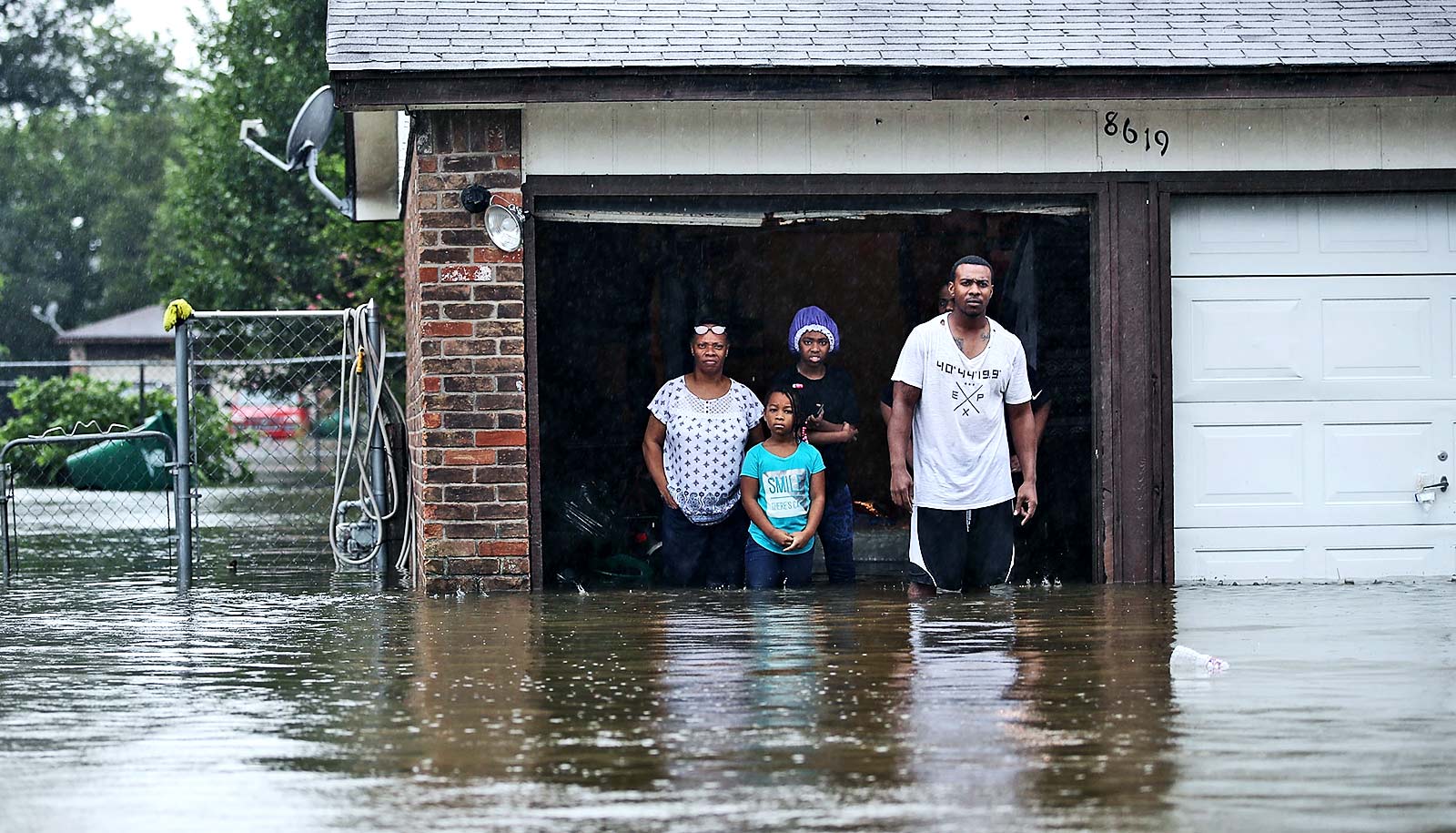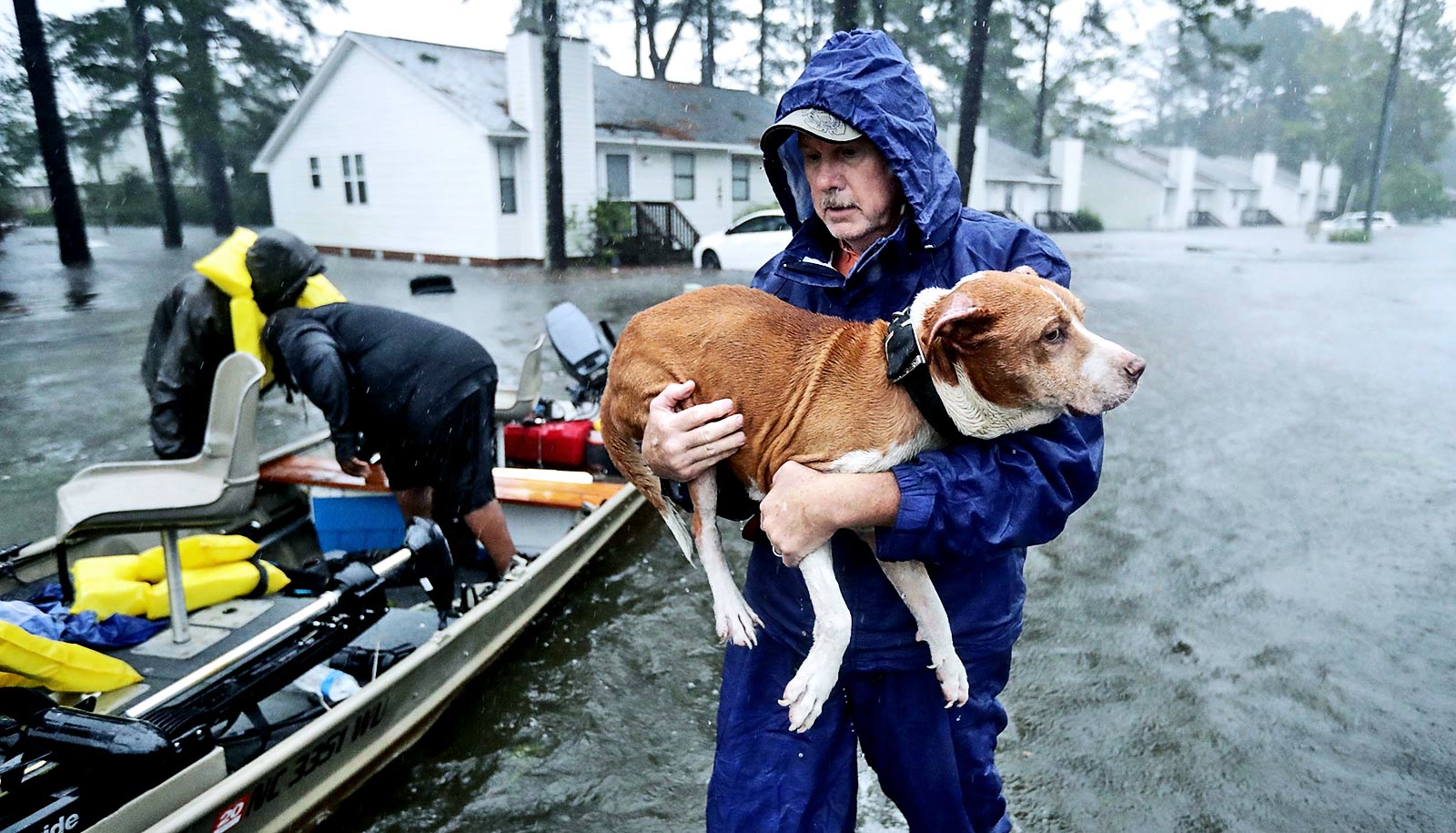Key changes could make government home buyout programs for houses in areas at risk for flooding more just and more effective in response to climate change, according to new research.
Imagine a major storm hits your neighborhood and the government offers to purchase homes with “a history of flood damage.” Your basement is completely flooded. Will you qualify for the buyout? What about your neighbors?
Relocating residents from areas vulnerable to flooding, known as “managed retreat,” is a potentially important approach for helping communities at risk of losing their homes to coastal erosion and natural disasters. But a closer look at the government’s past buyouts reveals a major weakness in the process: lack of transparency. Fortunately, past buyout programs also reveal strategies to address this challenge.
“…we can see the ways it went wrong, and this helps us to improve in the future. We can also see strategies where it went right.”
Based on analyses of academic studies and reports on managed retreat from floodplains in the United States, the new research shows local government programs are often subjective about which homes qualify for buyouts and use vague language in their communications. Buyout programs must be cost-effective to qualify for funding from the Federal Emergency Management Agency (FEMA)—but that approach may have unintended and disproportionate effects on low-income and minority populations.
“When you’re talking about a publicly funded government program to relocate people, I think it’s problematic that we’re not being transparent about why and how we’re buying up homes,” says author A.R. Siders, who conducted the research as a PhD student at Stanford University’s School of Earth, Energy & Environmental Sciences.
“When we look at how managed retreat has been done to date, we can see the ways it went wrong, and this helps us to improve in the future. We can also see strategies where it went right.”
Adapting to climate change
Siders found that property acquisitions historically occurred in areas that experience recurrent flooding and rebuilding, or where a major disaster triggers the need for new solutions. The programs are often funded by the federal government and administered by the state or local government.
“If you look at the trends, we are accumulating assets in places at risk—in floodplains, in fire-exposed zones,” says Katharine Mach, a climate change risk expert who worked with Siders in a climate adaptation research group. “The question of how will we grapple with flooding is going to be relevant to many millions more people globally in this century than the past century.”
Siders looked at publicly available information for 8,614 buyouts in low-lying areas adjacent to rivers that were subject to flooding since the 1980s. The areas experienced floodwaters following disasters including hurricanes Sandy (2012), Irene (2011), Floyd (1999), and Fran (1996), and from floods in Texas, North Carolina, Oklahoma, and the Midwest.
In her analysis of communications about buyout opportunities, Siders found that messaging often included language about eligibility based on “the best interest of the community,” “meeting community values,” or “enhancing the natural environment.”
“All of the data we have suggests that this lack of transparency is creating a lack of trust, and that’s translating into lower participation rates,” says Siders, who recently started a position as a postdoctoral fellow at the Harvard University Center for the Environment. “Fewer homeowners want to be involved in a process they don’t understand.”
Without cooperation on managed retreat, the United States will face difficulty adapting its existing infrastructure to climate change risks, the researchers say. The country experienced more than $300 billion in disaster damages in 2017, one of the most damaging years in terms of property, people, lives, and well-being. Managed retreat may be “a key partner in adaptive actions that preserve vibrant lifestyles moving forward,” says Mach, a senior research scientist in the Earth system science department.
Inequality in home buyout programs
Siders’ research found that managed retreat has resulted in a majority of buyouts occurring in low-income neighborhoods—a pattern that may be perpetuating a history of social inequality.
“The communities most exposed to natural hazards in the US tend to be low-income and minority communities,” Siders says. “Managed retreat through buyouts can help people escape disaster cycles, but it can also break up neighborhoods and perpetuate problems if it’s not done with social justice in mind.”
Political objectives can also motivate legislators to offer buyouts to some neighborhoods but not others. Homeowners can feel either forced out or left behind to fend for themselves in a disaster-prone area, depending on the situation. That subjectivity creates a sense of injustice, according to the literature that Siders analyzed. The research highlights the need for local governments to learn from past experiences moving forward, Siders says.
“It’s just not feasible to build a cement wall around the entire coastal United States—some people are going to have to move,” Siders says. “If more governments are going to be using managed retreat and doing it more frequently, we want to make even more sure that it’s being done in a just, equitable, and effective way.”
Recommendations in the study to improve future buyout programs include increasing transparency by making decision criteria about where buyouts will happen clear and publicly available; involving community members in pre-disaster planning so retreat programs come as less of a surprise; and placing more emphasis on where people will relocate if they leave the floodplain.
The research appears in Climatic Change.
A Morgridge Family Stanford Interdisciplinary Graduate Fellowship and the Emmett Interdisciplinary Program in Environment and Resources at Stanford supported the research.
Source: Stanford University



